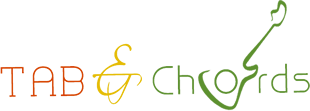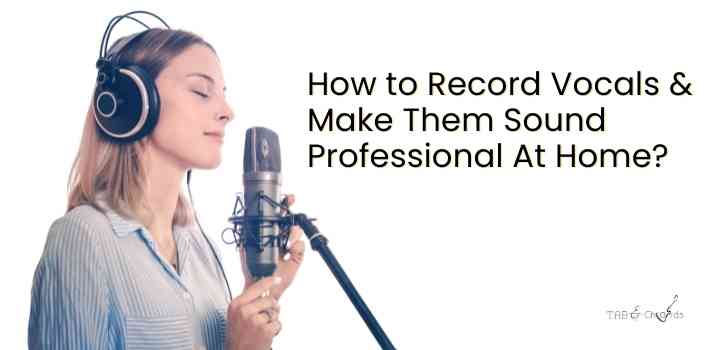How to Record Vocals & Make Them Sound Professional At Home?
Nowadays, we see more and more recording artists and podcasts being done from the comfort of your home. But recording your vocals at home is not easy. However, you can follow a process to make them sound more professional without going to a studio.
This will include things like locating your space and having the right equipment and the ability to set it up. It also includes working with the vocalist and having an editing process. Here are all the tips and tricks to do just that.
Find the Right Recording Space
The space that you choose to record in will make the most impact on how well your vocals turn out. Rooms that have a lot of echoes and bounce-back noise will come up in your recording and affect the sound. The room’s space will also depend on the type of recording you are doing. Podcasts and singing are two different needs. The deader the room is for singing the better it is.
This is why we find many people hiding in their closets to record. This is where the least reverb usually is. This is because the clothing absorbs the sound. There is also a lot of audio plug-ins that can help with feedback and clear the sound up. Accessories are not the main focus but can certainly help the process.
Set Up Your Equipment
Quality equipment is the name of the game. Microphones that are attached to headphone wires often move around too much creating noise. Typically speaking there are three types of microphones used to record vocals professionally.
- Dynamic Microphones
Dynamic microphones are one of the easier options and are used both in live and show settings. We see these microphones a lot with singers so they can be moved around on the stage.
- Condenser Microphones
Condenser microphones are more popular in home studios than they are at live shows. There is a range of models that go from incredibly expensive to moderately affordable. They are round circular mics and offer superior sound because of their low-density mass.
- Ribbon Microphones
Ribbon mics are technically speaking a type of dynamic microphone. But we see these setups close to the drummers or musicians of the band as they hand from a stand. It offers a classic sound which is why it is used a lot for recordings with bands.
Finding the Zone
The zone is where you place your microphone in terms of how far and how high or low the mic is set up. For instance, condensers do best when the vocalist or person speaking is roughly between 4 and 12 inches from the microphone. Different types of microphones and brands will do better or worse with how close the vocalist is and how loud they are talking or singing. Again, playing with the space is important.
Grab a Preamp
High-quality microphones will not need too much else to get the right sound. But it’s no secret that some of the top studio engineers will use what is called a pre-amp to bring warmth to the vocals. This can make it sound less harsh and is something you can incorporate in your home studio as well.
Record Your Vocals Multiple Times
Despite having some great technology to record your vocals, you will want your vocalist to record their takes a few times. Regardless of whether it is a song being recorded or a podcast, the voice starts to break down or may not sound as good in certain sections. For podcasting, it can be hard to have a script and dialogue so certain parts normally are recorded multiple times such as advertisements.
Songs normally will go 3 to 6 takes at a time to not frustrate or burn out a vocalist. Supporting them and offering water is a part of the process. After too many takes, it can become unnatural and forced. Getting certain bits and pieces down can all come together for the editing process.
Hitting the Editing Process
Having a solid microphone set up is not the only thing you’ll need for a home studio effect. You will also need some editing software like GarageBand or equivalent. This is because different sections of different takes will sound better and piecing them all together is usually how a podcast or song is made.
Use a Quality Music Source or Platform
No matter how good you record vocals, if there isn’t a platform that keeps the audio at a high quality, it can sound muffled or of low quality. Using something similar to Track Club Music Licensing will give you the audio quality when uploaded that you have when you are recording. This is always an underrated part of the process and leaves many vocalists or podcasters confused about the poor quality.
They don’t understand it is not coming from their end. It’s also the first music licensing company to offer 100% customizable songs. So if you have great vocals recorded, you can match them up with different beats and already provided songs.
Replicating the Studio Effect
When it comes to recording professional vocals from the comfort of your home, the process is not much different than if you were going to do it from a studio. The key is to invest in your equipment so that you get true audio quality. However, that is not all there is to producing vocals that sound professional. One of the most important steps will be finding a space that doesn’t provide a lot of feedback.
This is usually in your closet or in a space where the sound vibrations can be absorbed by clothes or furniture. Then after this, you want to figure out the best relationship you have with the microphone. For example, singing too closely or too loudly will cause harsh noise or not a true sound.
When you apply all of this and use a quality music licensing company, it will be hard to tell if you recorded at home or in a professional studio.




